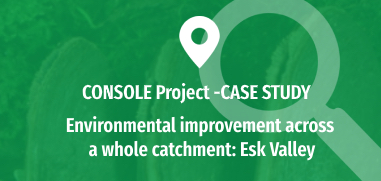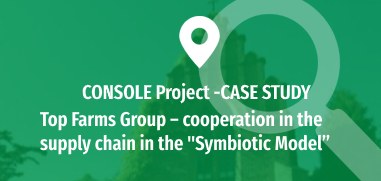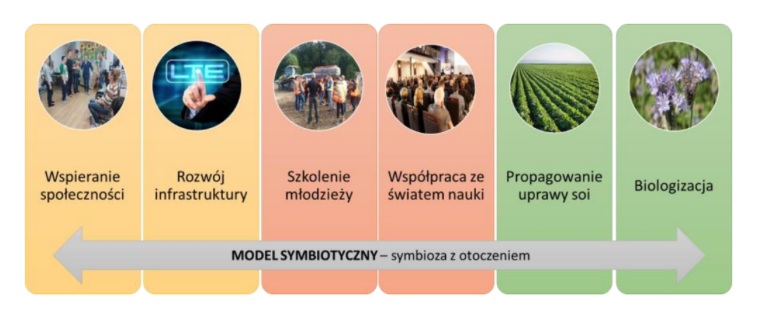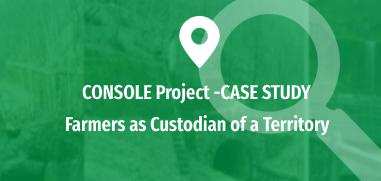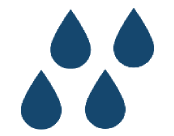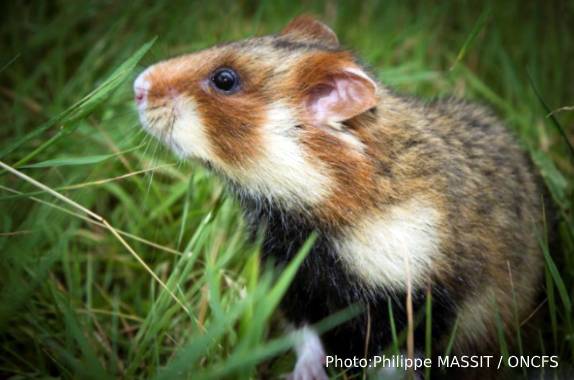Summary
The network covers the whole catchment and 30% of the land area is farmed by Countryside Stewardship Facilitation Fund (CSFF) network members. A key focus is what can be done to improve water quality across the catchment, especially as it is a salmon and trout river and sediment in the water is a major factor in the lack of recruitment of juvenile migratory fish. Water quality is generally good across the catchment and of Good Ecological Status according to the Water Framework Directive. Many other additional environmental improvements have been added; sedimentation, nitrate and phosphate pollution due to the agricultural and farming activities in the area, and complement the main focus. For example wading birds benefit from the network tackling issues of water quality.
Objectives
- Support for the Pearl Mussel and Salmon Recovery Project;
- Improvements to water quality across the whole catchment by tackling sediment and pollution issues;
- Maintenance and support for historic and traditional National Park landscapes and features;
- Address disconnect between maintenance of the iconic traditional landscapes in the catchment and the systems designed to reward this;
- Improving skills and understanding of issues and the measures to tackle them;
Public Goods


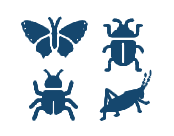



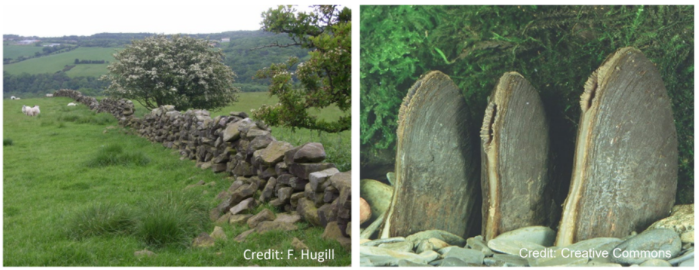
Problem description
There is a long history of action in the River Esk catchment seeking to improve its ecological status so that an iconic species previously found in the river such as the Freshwater Pearl Mussel and species such as salmon and migratory trout do not ultimately go extinct. As a salmon and trout river that has supported recreational fishing, previous action and funding has often focused at the economic level. The CSFF is focused on the environmental and ecological aspects of the catchment, specifically from the perspective of those farming and managing the land. The CSFF aims to support efforts by the Esk Pearl Mussel and Salmon Recovery Project to re-introduce the Pearl Mussel to bolster the remnants of the existing population, through improving the water quality in the river. For this iconic species ‘good’ is not good enough, pristine conditions are required. This needs collective action from farmers in both upper and lower reaches of the catchment to reduce pollution and sedimentation problems.
